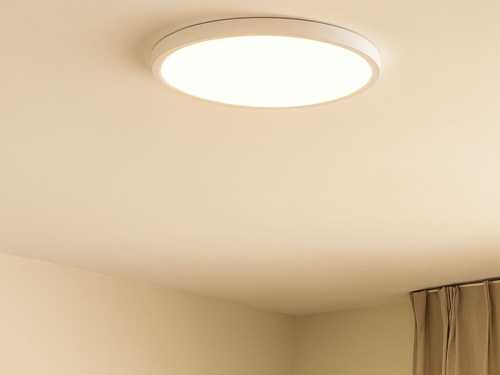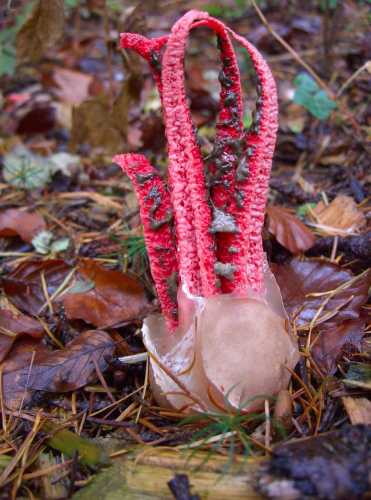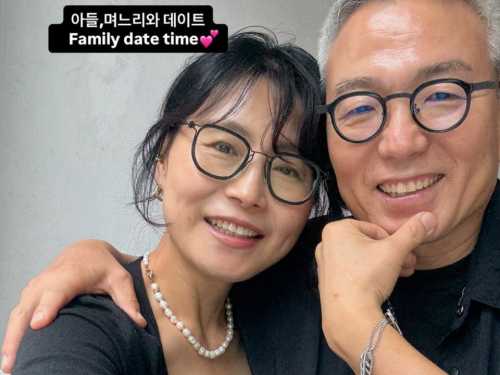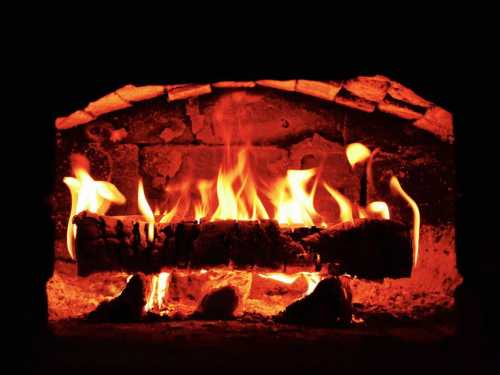 g with them />
g with them />
I recently visited a friend who had finally finished renovating his house. Over coffee, he enthusiastically talked about the details, but was especially proud of the LED chandeliers, Ukr.Media reports.
I remembered that he had told me about them before, and asked:
– “So, are they still pleasing, or have there been any downsides?”
He smiled:
– “They are happy, but not without nuances. Listen…”
What is this thing anyway?
“Look,” explains a friend, “there are a lot of these LED chandeliers in stores now. The principle is simple: there is a base – metal or plastic, usually round, although there are also square ones. LED strips and a power supply are attached to it. The more LEDs, the more powerful the light.”
He points to the chandelier above the table: “This one, for example, has a remote control. You can change the color, adjust the brightness. It's beautiful!”.
“How is it attached?” I ask.
“This is the best,” he says. “Straight to the ceiling, without any hooks. The thickness is only 10 centimeters, perfect for our low ceilings. The weight is low, you can even hang it on drywall without any problems.”
But here he gets a little gloomy: “However, there is one big minus. If something breaks, it's not like before, just change the light bulb and that's it. Here you have to remove the entire structure and carry it to the workshop.”
First troubles: mosquitoes and midges
“We live, as you know, near the forest,” the story continues. “In the summer, all this little thing gets into the house. I won't say it's a big deal, but they reach for the light.”
He leads me to one of the chandeliers: “Look, do you see inside the lampshade? Mosquitoes, midges – everything gathers there. How they get in there – I don't understand, but the fact remains.”
“So, do you have to clean it often?” I ask.
“Not really, the shades are easily removed. But it doesn't look very good. And sometimes a fly gets in there and then buzzes around until it dies. But these are minor things, in principle.”
Mysterious yellowing
Here my friend takes me around the house, shows me all the chandeliers.
“We have a total of eight of them,” he says. “We took six from one manufacturer, two from another – for the bathroom, with increased moisture protection.”
We stop by the stairs. “But this is interesting,” he says, pointing to two small lamps. “See, the shades have turned a little yellowish?”
Indeed, I say, it is noticeable.
“The most interesting thing is that these are not the most powerful chandeliers, but rather small ones, for lighting the stairs. I don't understand why they turned yellow. There should be one manufacturer, one plastic.”
“And what will you do?”
“For now, I'll leave it as is. But I plan to replace it, and I'll move these to the garage. That's where they belong.”
What about reliability?
“They last a year, and not one has broken,” says a friend. “The warranty was exactly one year. But I was wondering how much the repair would cost if something happened.”
“AND?”.
“It's not very expensive. But spare parts are not always available, sometimes you have to wait. Although people say that they last for years without problems.”
He smiles: “And for that kind of money, why complain?”
Result
We finish our tea, and our friend concludes:
“You know, overall I'm satisfied. There are some drawbacks, but they're not critical. The light is good, economical, and the design is modern. Mosquitoes in the shades are a minor thing. Yellowing happens. The main thing is that they shine well and haven't broken yet.”
“Would you do it again?”
“I would. But maybe I would try another manufacturer.”
And indeed, as I walk through the house, I see that the lighting is uniform and pleasant.





